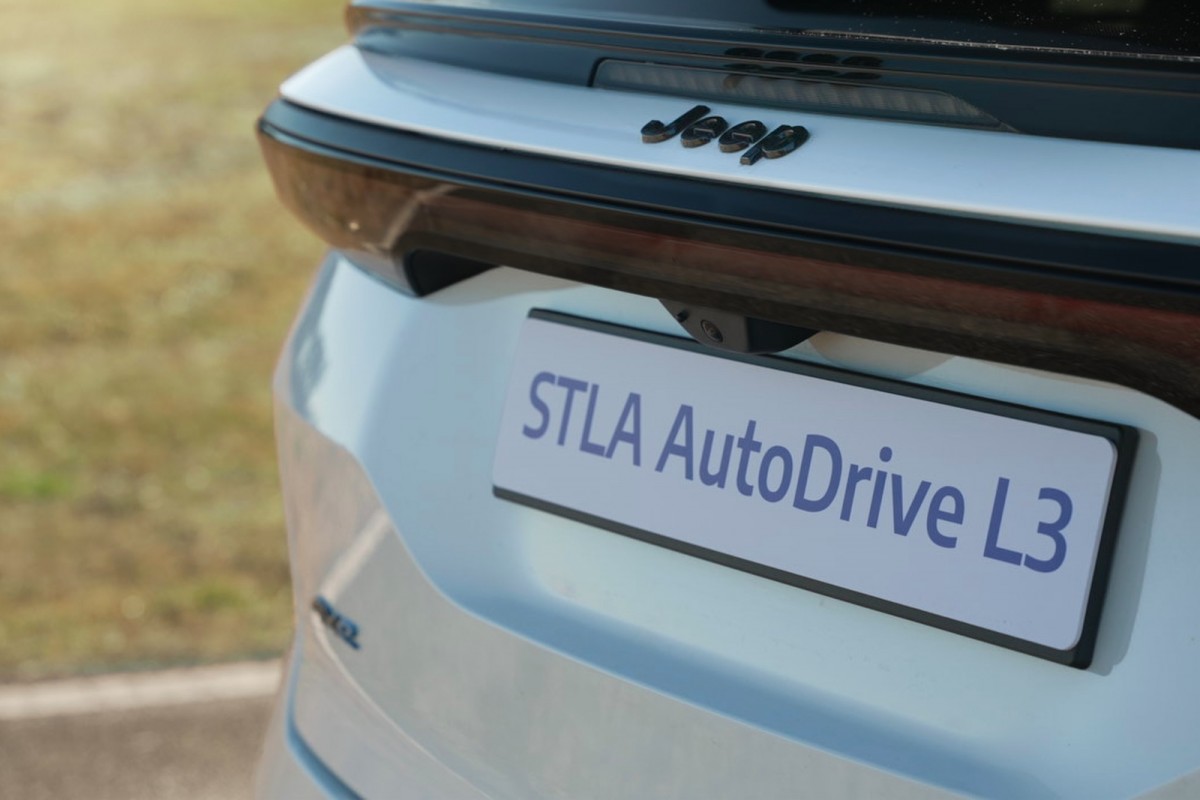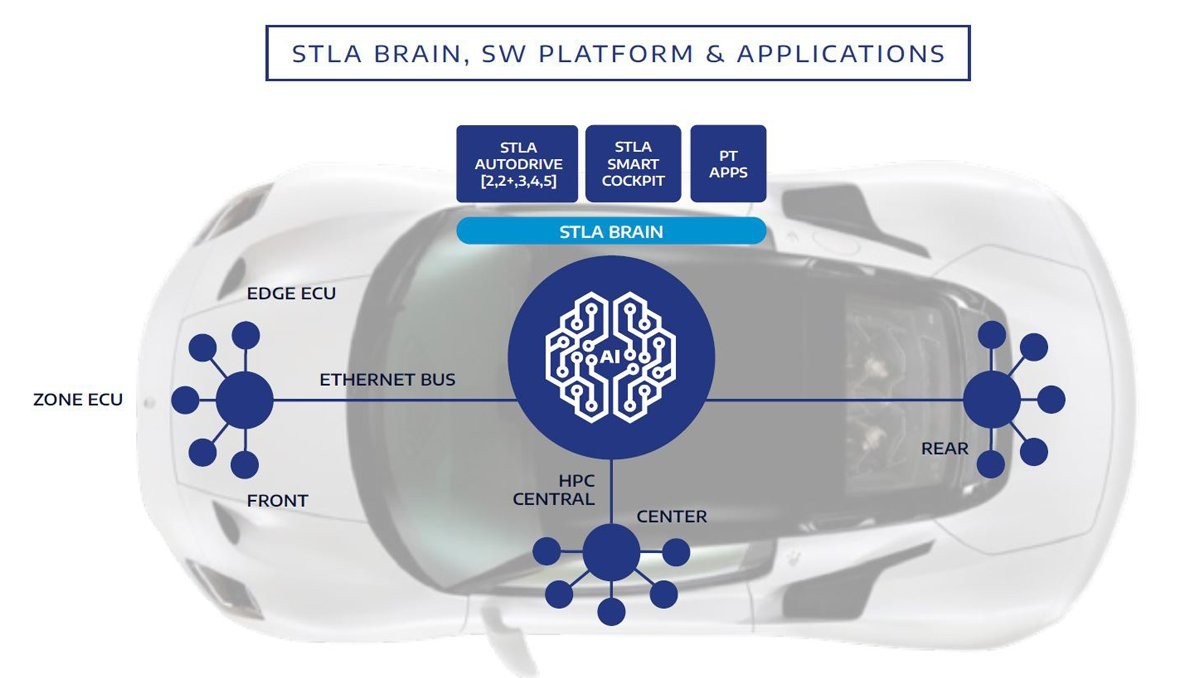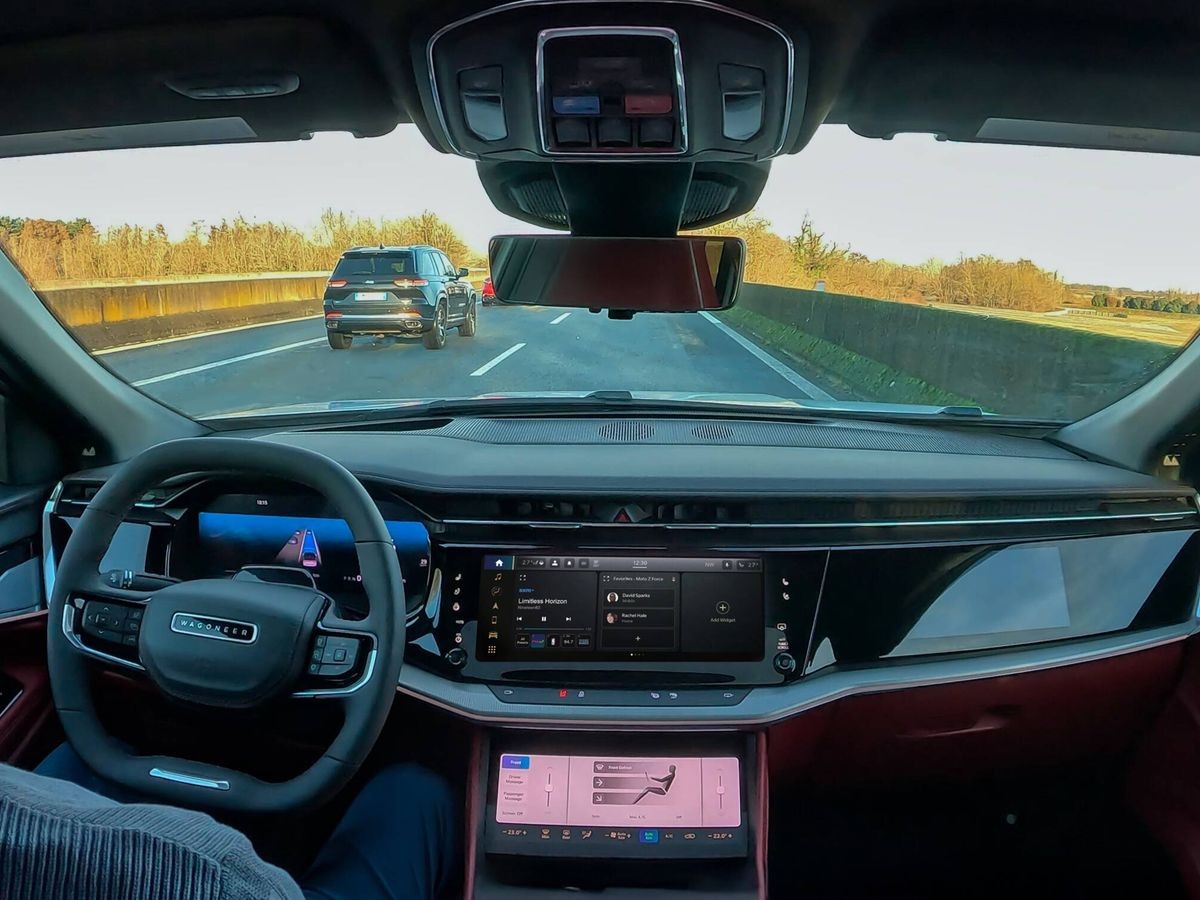Stellantis shelves 'eyes-off' driving tech development, blames high costs and low demand
Stellantis has quietly put the brakes on its plan to launch a Level 3 advanced driver-assistance system. The program, known as AutoDrive, was designed to let drivers take their hands off the steering wheel and their eyes off the road in certain conditions.
The automaker has now decided to shelve the project due to a familiar trio of roadblocks: soaring costs, technological hurdles, and customers not yet ready to pay for it.
This is a huge reversal for the company. As recently as February, Stellantis officials presented the AutoDrive system as ready for production and a cornerstone of its strategy for future electric cars. Former CEO Carlos Tavares had even pinpointed 2024 as the arrival date for this technology back in 2021.

The system promised a taste of the future, allowing drivers to watch movies or answer emails while the car handled driving duties on highways at speeds up to 37 mph. Now, that future has been postponed indefinitely, with sources inside the company confirming the program is on hold.
The struggle to develop advanced software is not unique to Stellantis. Many traditional automakers are pouring billions of dollars into becoming more like tech companies, trying to match the software-first approach made famous by Tesla and a wave of new Chinese EV brands.
This transition has been difficult to say the least. Old habits, high costs, and a shortage of specialized software engineers have created major headaches for legacy giants. For Stellantis, the AutoDrive pause is the latest in a series of tech-related stumbles.

The automaker's broader technology platform, once called "STLA ABC," seems to be facing a rethink. This platform was supposed to combine three key elements: the STLA Brain electrical architecture, the SmartCockpit infotainment system, and the AutoDrive assistance program.
Those plans have changed now. Stellantis recently ended a partnership with Amazon for its SmartCockpit, opting to use an Android-based system instead. The company is now leaning more heavily on outside suppliers for software it originally hoped to develop in-house, a sign that its go-it-alone strategy was too risky.
Financial pressures are likely a major factor in these decisions. Stellantis is navigating a difficult period of falling sales, and its New York-listed shares have fallen by over 40 percent in the last year. In this environment, expensive, high-risk research projects are the first to face scrutiny.

Developing a Level 3 autonomous driving system from scratch is a massive investment with no guarantee of success or profit. Stuart Taylor, an expert at the software consultancy Envorso, noted that automakers are realizing they can't do everything themselves and are changing how they work with suppliers to manage the "high investment for high risk."
Stellantis confirmed the Level 3 technology is not being launched, but the company stopped short of calling the program canceled. A spokesperson stated that the system was already developed, but "there is currently limited market demand," so in the end, it was not released.
The company added that the technology is "available and ready to be deployed" if market conditions change. For now, Stellantis says the work done on AutoDrive will help develop future systems, with help from aiMotive, a tech startup it bought in 2022. But as for when drivers of its electric cars will be able to sit back and relax, the company has no answer.
Reader comments
- Anonymous
- gnw
eu states are shedding jobs, not 'cancelling' things but putting them on 'indefinite hold' while bending both knees to americans.





Facebook
Twitter
Instagram
RSS
Settings
Log in I forgot my password Sign up